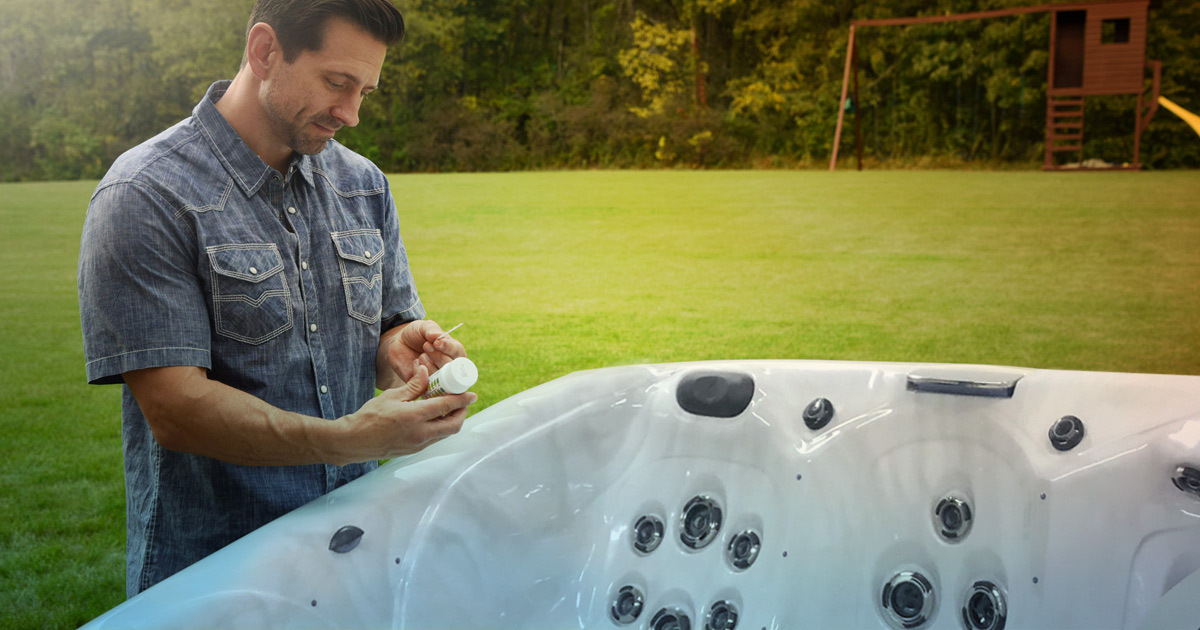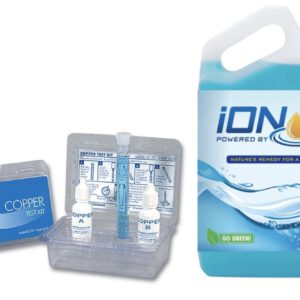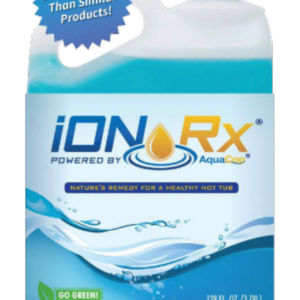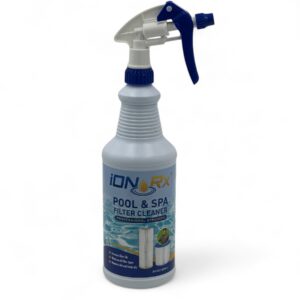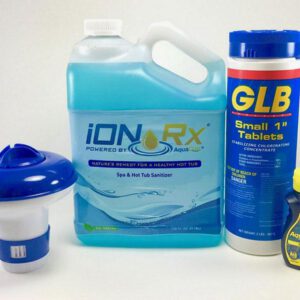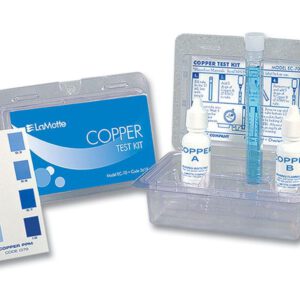By far the most asked question our team at iONRx receives is “what does it mean to start with balanced water”? Most spa manufacturers and chemical companies don’t pay enough attention to the importance of the water chemistry regarding spa and hot tubs. The manufacturers quite frankly don’t care once the spa has “left the building” and chemical companies like to spin a complex chemical program which costs you a ton of money and leaves you more confused than when you started!
On the instruction sheets that come with iONRx step number one is to balance the water. Now what does this mean? Primarily there are two components that we look for when we instruct our users to balance the water. First, we want them to “balance” the pH of the water. In chemistry, pH is a scale used to specify how acidic or basic your water is. Acidic solutions have a lower pH, while basic solutions have a higher pH. There is a scale for testing pH that ranges from 0 to 14, with 7 being neutral. Second, we want proper level of alkalinity in the water. The proper range for alkalinity is between 80 parts per million (PPM) and 120 PPM. Now pH and alkalinity usually run in parallel, so when you treat for one you usually are treating for the second as well. It is not very common when, for example, pH is low and alkalinity is high, or vice versa.
The ideal range for pH for a spa is between 7.0 to 7.4 and 80 PPM to 120 PPM for alkalinity.
Why is pH and alkalinity important?
- A proper pH level allows other chemicals to work most efficiently.
- Chlorine is only 18% efficient when pH is at 7.8
- Chlorine is approximately 85% efficient when pH is at 7.2
- Low or high pH can cause skin irritation and rashes
- Low or high pH can cause premature equipment corrosion
- Improper pH can cause the water to smell
- If alkalinity is too low the water will become aggressive and will literally start “eating” the surface and equipment of the spa to try and balance itself over time.
- Proper alkalinity in your water helps provide a buffer for how other chemicals will work. It prohibits sudden drastic changes in your water chemistry.
How do I treat for low pH and/or low alkalinity
- Test the water for pH and/or alkalinity. If water is below 7.0 pH or 80 PPM alkalinity, then you should treat to raise these levels.
- With the spa jets running, Add 1 tablespoon of Sodium Bicarbonate or baking soda for every 100 gallons of spa water being treated.
- Circulate the spa for twenty minutes.
- Test the water again and repeat if necessary.
How do I treat for high pH and/or high alkalinity
- Test the water for pH and/or alkalinity. If the water is above 7.4 or 120 PPM alkalinity, then you should treat to lower these levels.
- Treatment for lowering pH and alkalinity vary. You can use granular products, such as, Sodium Bisulfate or citric acid. These products vary so you should follow the instructions on the product you purchase.
- Liquid acid can also be used but BE CAREFUL!! This is the kind of acid that can burn you. Follow the directions carefully.
Treatment of pH and alkalinity is not difficult but extremely important. You should test and treat your water, if necessary, for pH and alkalinity every week. When using iONRx you should find having to make these adjustments is not very often. The size or volume of your spa will dramatically make a difference in how often you will need to make pH and alkalinity adjustments. Most people have this one WRONG. It is much more difficult to treat and maintain a SMALLER, under 250 gallons. spa than a larger spa. The volume or size of larger spas allows for much more leeway in regards to chemical treatment. If you have any further questions please feel free to contact iONRx.

